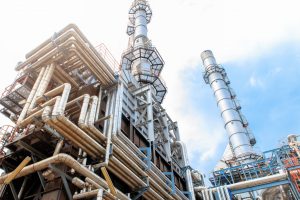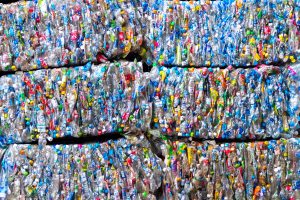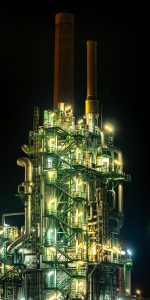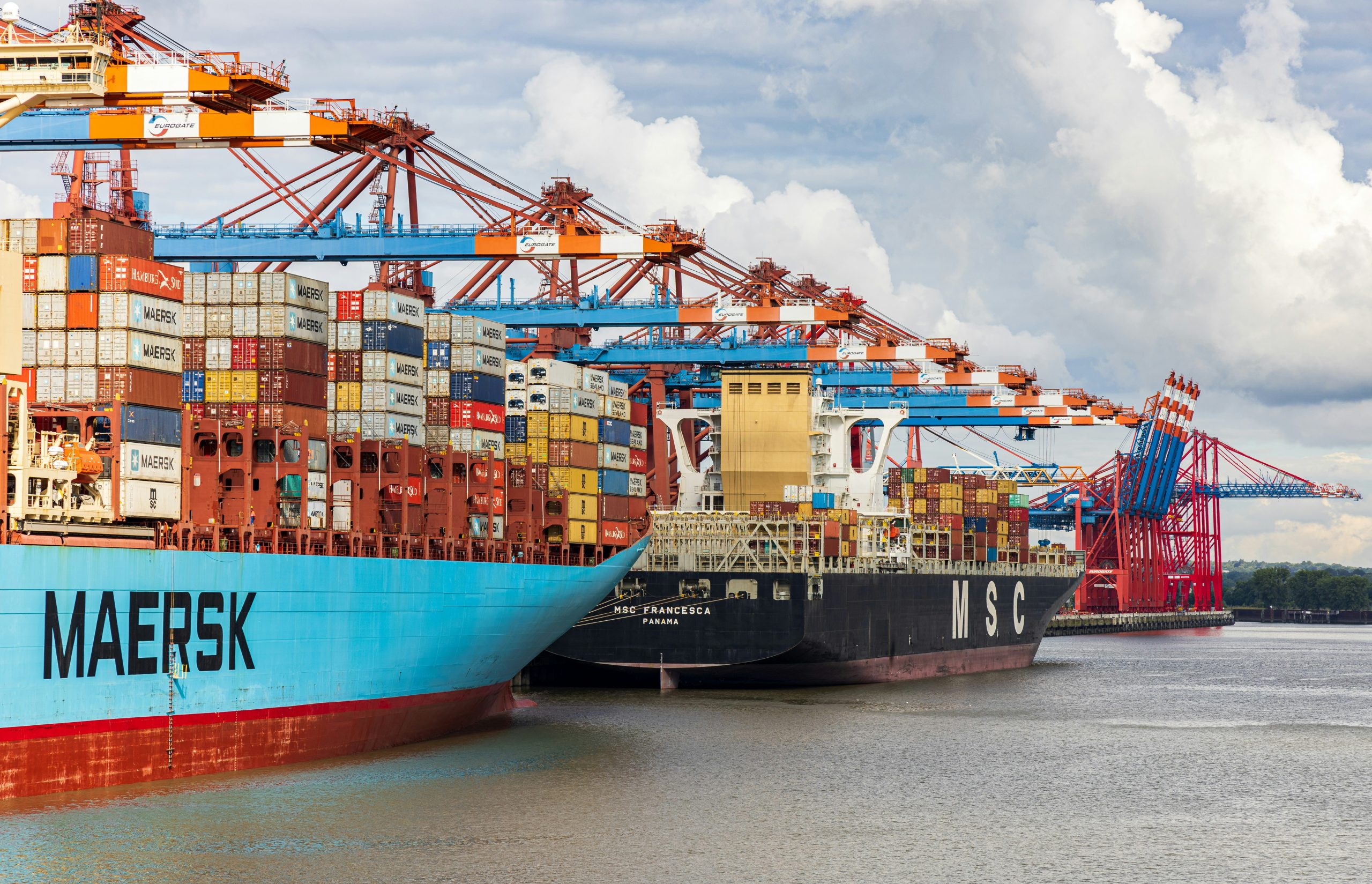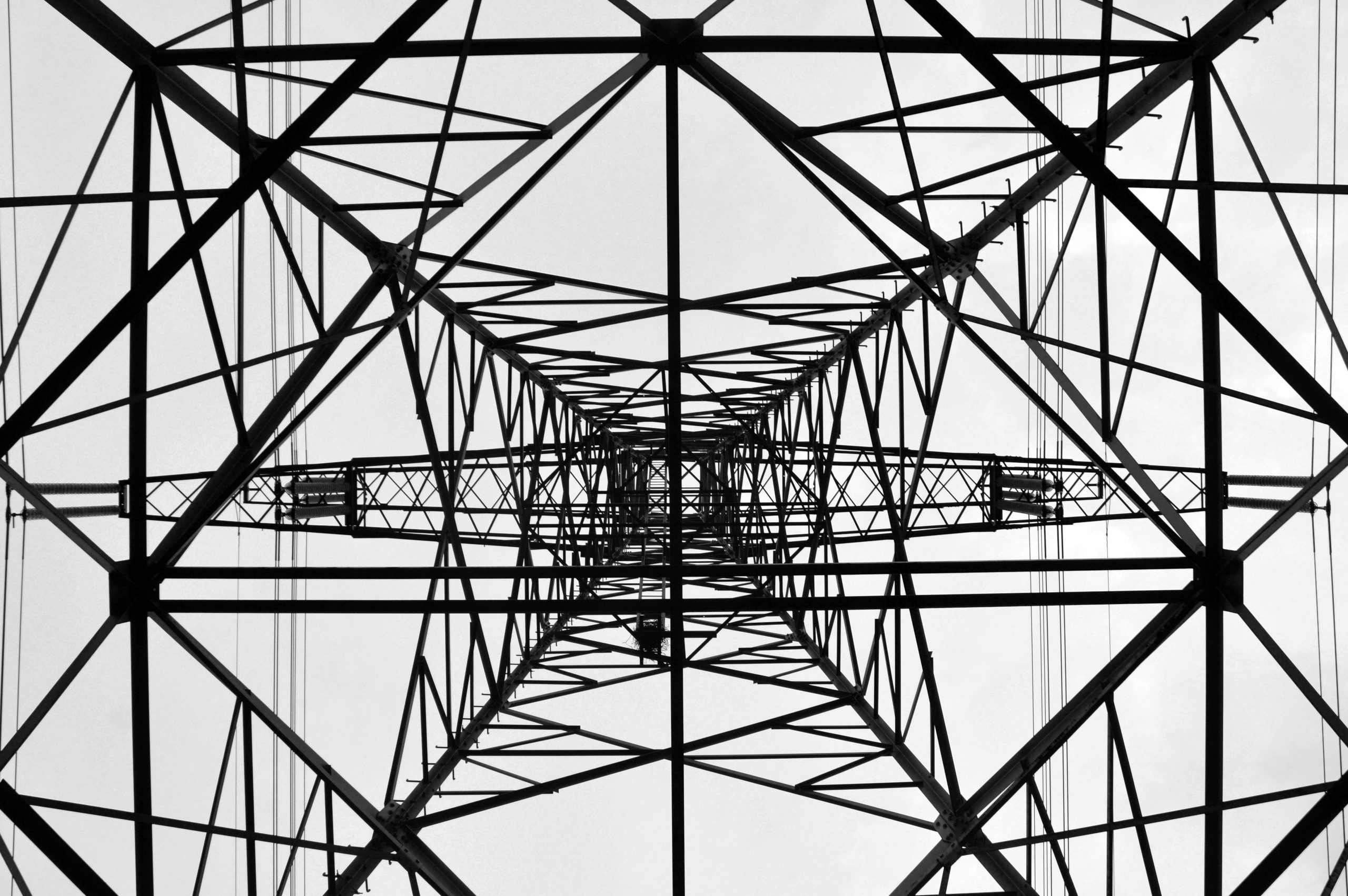Greenhouse gas emissions from nitrogen fertilizers could be reduced by up to one-fifth of current levels by 2050 with combined interventions
Food security relies on nitrogen fertilizers, but its production and use account for approximately 5% of global greenhouse gas (GHG) emissions. Meeting climate change targets requires the identification and prioritization of interventions across the whole life cycle of fertilizers.
Here we have mapped the global flows of synthetic nitrogen fertilizers and manure and their corresponding GHG emissions across their life cycle. We have then explored the maximum mitigation potential of various interventions to reduce emissions by 2050. We found that approximately two-thirds of fertilizer emissions take place after their deployment in croplands.
Increasing nitrogen-use efficiency is the single most effective strategy to reduce emissions. Yet this should be combined with decarbonization of fertilizer production. Using currently available technologies, GHG emissions of fertilizers could be reduced up to approximately one-fifth of current levels by 2050.
To read the full paper by Yunhu Gao & André Cabrera Serrenho in Nature Food, click here.
